When it comes to choosing the perfect pots and pans for your kitchen, ceramic cookware often emerges as a top contender. From its glossy finish and sleek design to claims of being eco-friendly and non-toxic, ceramic cookware has caught the attention of both amateur cooks and seasoned chefs. But before you invest, it’s essential to understand the pros and cons of ceramic cookware—because not everything that glitters is gold in the kitchen.
This in-depth guide provides a professional, well-rounded analysis of ceramic cookware—its composition, benefits, drawbacks, and comparisons to other popular types of cookware. Whether you’re health-conscious, budget-minded, or simply curious, this article is your one-stop resource for everything you need to know.
What Is Ceramic Cookware?
Ceramic cookware typically falls into two categories: pure ceramic and ceramic-coated cookware. While both share similar characteristics, they are fundamentally different in how they’re made and used.
- Pure Ceramic: Made entirely from natural clay and hardened in a kiln at high temperatures. These are usually glazed to provide a smooth, non-stick cooking surface.
- Ceramic-Coated: These are usually metal (like aluminum or stainless steel) pans coated with a layer of ceramic material, giving the appearance and some benefits of pure ceramic.
Understanding the category helps you make informed decisions about care, performance, and safety.
Materials and Composition
The base of ceramic cookware—whether pure or coated—plays a critical role in its performance. Here’s a breakdown:
| Component | Function |
|---|---|
| Natural Clay | Used in pure ceramic pots and pans |
| Ceramic Coating | Provides non-stick surface on metal pans |
| Aluminum Core | Enhances heat conductivity in coated models |
| Glaze (Glass-like) | Seals the surface and makes it food-safe |
The composition defines how cookware behaves under heat, how long it lasts, and how safe it is for cooking.
How It’s Made: From Kiln to Kitchen
Pure ceramic cookware is made by molding clay into a desired shape, firing it at extreme temperatures (often 2,000°F+), then applying a glaze that bonds to the surface. Ceramic-coated cookware, on the other hand, involves spraying or dipping a metal base with a silica-based coating and curing it.
This process ensures a smooth finish, appealing aesthetics, and a food-safe surface. High-quality brands avoid toxic materials, adhering to international food safety standards.
The Pros of Ceramic Cookware
Non-Toxic and Chemical-Free Cooking
Ceramic cookware shines in the health department. Unlike Teflon pans, they’re free of PTFE, PFOA, cadmium, and lead, making them safer for daily use—especially at high temperatures.
Naturally Non-Stick Surface
Most ceramic-coated pans offer excellent non-stick performance out of the box. Foods like eggs, pancakes, and vegetables slide off easily without the need for oil or butter, promoting healthier eating habits.
Easy to Clean and Maintain
Ceramic’s slick surface makes cleaning a breeze. Most residue wipes off with a damp sponge, and many models are dishwasher-safe (though handwashing extends life).
Lightweight and User-Friendly
Compared to cast iron or multi-clad stainless steel, ceramic cookware is notably lighter. This makes it easier to lift, move, and store, especially for elderly users or those with limited mobility.
Aesthetic Appeal and Color Variety
One of ceramic’s most praised features is its modern design and vibrant colors. Whether it’s pastel, matte black, or glossy white, ceramic cookware enhances kitchen decor.
Even Heat Distribution
Ceramic-coated aluminum pans distribute heat evenly across the surface, reducing hot spots that lead to burning or uneven cooking.
Eco-Friendly Manufacturing
Ceramic cookware production generally emits fewer carbon emissions and uses fewer synthetic chemicals, making it a greener choice.
The Cons of Ceramic Cookware
Shorter Lifespan Than Other Cookware
Unfortunately, most ceramic-coated pans start to degrade within 1-2 years, especially with regular use. Once the coating wears out, food sticks and cleaning becomes a hassle.
Prone to Chipping and Scratching
Ceramic is more fragile than stainless steel or cast iron. Using metal utensils or stacking pans can lead to chips or scratches, reducing performance and safety.
Not Metal Utensil Safe
You’ll need to use wooden, silicone, or plastic utensils to preserve the surface. Metal spatulas or forks can damage the coating quickly.
Requires Gentle Cleaning and Care
Avoid abrasive scrubbers or harsh cleaners. A soft sponge and mild soap are your best tools, but that means extra caution during cleanup.
Heat Retention Issues
Ceramic pans lose heat quickly once removed from the burner. They’re not ideal for recipes requiring prolonged simmering or high-heat searing.
Can Be Expensive Compared to Alternatives
Premium ceramic cookware (like Caraway or Xtrema) can cost as much—or more—than high-end stainless steel sets. Whether the benefits justify the price depends on your priorities.
Ceramic Cookware vs Other Cookware Types
Understanding how ceramic stacks up against other common cookware materials helps clarify its place in your kitchen. Here’s a quick comparison:
Ceramic vs Teflon (PTFE-Coated)
- Health & Safety: Ceramic wins in safety, being free from PTFE/PFOA. Teflon can degrade and release toxic fumes at high temperatures.
- Non-Stick Performance: Teflon has a longer-lasting non-stick surface, but ceramic is safer and more eco-conscious.
- Durability: Teflon typically lasts longer with proper use, while ceramic wears faster.
Ceramic vs Stainless Steel
- Heat Distribution: Ceramic (especially when aluminum-based) offers more even heat, while stainless steel is prone to hot spots unless layered.
- Maintenance: Ceramic is easier to clean. Stainless steel needs more elbow grease.
- Versatility: Stainless steel wins here—oven-safe, broiler-safe, and more durable.
Ceramic vs Cast Iron
- Weight: Ceramic is lighter and easier to handle. Cast iron is heavier but unbeatable for heat retention.
- Seasoning & Care: Ceramic requires less maintenance. Cast iron must be seasoned and dried carefully to prevent rust.
- Performance: Cast iron is best for searing and long cooking; ceramic suits everyday, medium-heat cooking.
Is Ceramic Cookware Safe?
Safety is one of the biggest selling points of ceramic cookware. Most reputable brands offer lead-free, cadmium-free, and PFOA/PTFE-free products. However, this depends largely on the quality and brand.
Lead and Cadmium-Free Claims
While FDA regulations prohibit the use of harmful levels of heavy metals in cookware sold in the U.S., not all manufacturers worldwide follow the same standards. Look for products that:
- Are California Prop 65 compliant
- Have FDA or EU certifications
- Come from well-reviewed, reputable brands
Avoid extremely cheap ceramic cookware as it may cut corners on safety.
How to Take Care of Ceramic Cookware
Proper care can extend the life of your ceramic cookware significantly.
Seasoning (Yes or No?)
Ceramic cookware does not require seasoning like cast iron. However, lightly oiling the surface before each use can help preserve its non-stick quality.
Best Practices for Cleaning
- Let the pan cool before cleaning
- Use warm, soapy water with a soft cloth or sponge
- Avoid steel wool or abrasive pads
- Hand washing is preferred—even for “dishwasher-safe” models
Proper Storage and Handling
- Use pan protectors or towels between stacked items
- Don’t bang or drop your cookware
- Store away from metal utensils that can chip the surface
Who Should Buy Ceramic Cookware?
Ceramic cookware is best suited for:
- Health-conscious cooks who want non-toxic materials
- Casual home chefs who cook basic meals 2–3 times a week
- Design-focused individuals who love matching cookware sets
- Eco-aware shoppers looking to reduce their environmental footprint
If you’re a professional chef or often cook complex meals, you may prefer more heavy-duty options like stainless steel or cast iron.
Top Brands Offering Quality Ceramic Cookware
Here’s a quick look at leading brands worth exploring:
| Brand | Highlights |
|---|---|
| Caraway | Stylish, eco-friendly, and toxin-free |
| GreenPan | Affordable, healthy, and widely available |
| Xtrema | 100% pure ceramic, ultra-safe, heavy-duty |
| Our Place | Trendy, multifunctional pans for small kitchens |
| Bialetti | Budget-friendly ceramic-coated options |
Expert Verdict: Is Ceramic Cookware Worth It?
So, should you buy ceramic cookware?
Yes—if you’re looking for a healthy, stylish, and easy-to-use set for everyday meals. Ceramic cookware offers great benefits, especially for low- to medium-heat cooking. However, it does come with some limitations in durability and high-heat performance.
To maximize value:
- Choose a trusted brand
- Follow care instructions closely
- Accept that you may need to replace it after a couple of years
Ultimately, it’s about weighing your cooking style, budget, and priorities.
Frequently Asked Questions
1. Is ceramic cookware safe to use?
Yes, ceramic cookware is considered one of the safest non-stick alternatives. Just ensure it’s labeled free of PFOA, PTFE, lead, and cadmium.
2. Can ceramic cookware go in the oven?
Many ceramic pans are oven-safe up to certain temperatures (usually around 400–600°F). Always check the manufacturer’s guidelines.
3. Why is food sticking to my ceramic pan?
Over time, the non-stick coating can wear out. This is common after heavy use or high heat. Using a bit of oil can help maintain performance.
4. Can ceramic pans be used on induction cooktops?
Most ceramic-coated pans with aluminum bases are not compatible with induction unless labeled otherwise. Look for magnetic bottoms.
5. How long does ceramic cookware typically last?
On average, ceramic-coated cookware lasts between 12 to 24 months with regular use and proper care.
6. Are there pure ceramic options without any metal?
Yes. Brands like Xtrema offer 100% ceramic cookware that contains no metal. These are heavier and often more durable but may have different care needs.
Conclusion
Ceramic cookware offers a beautiful blend of form and function, combining non-toxic cooking with elegant aesthetics. While it isn’t perfect—especially in the durability department—it fills a niche for those who want a safe, stylish, and easy-to-clean cooking solution.
By understanding both the pros and cons of ceramic cookware, you can decide whether it aligns with your culinary needs and lifestyle. Choose quality, care for it well, and it may become your favorite kitchen companion.
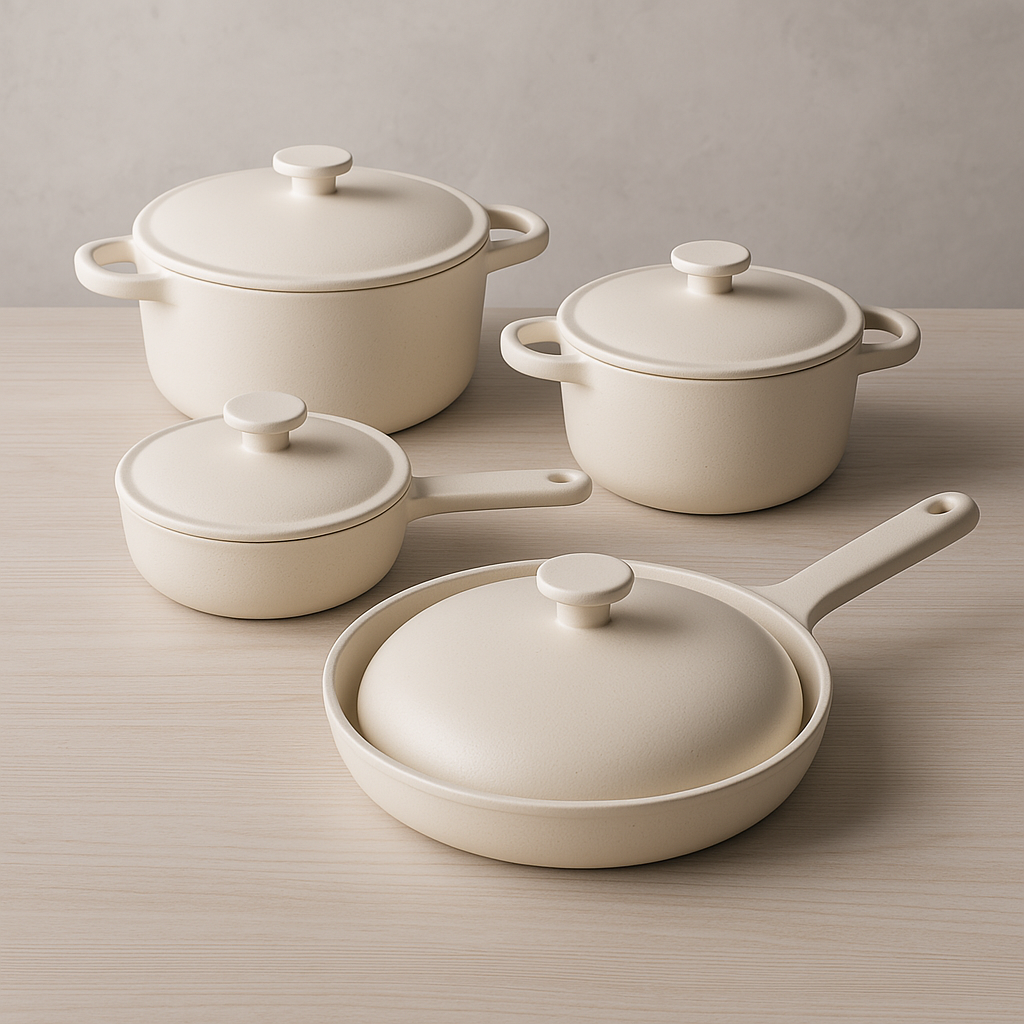

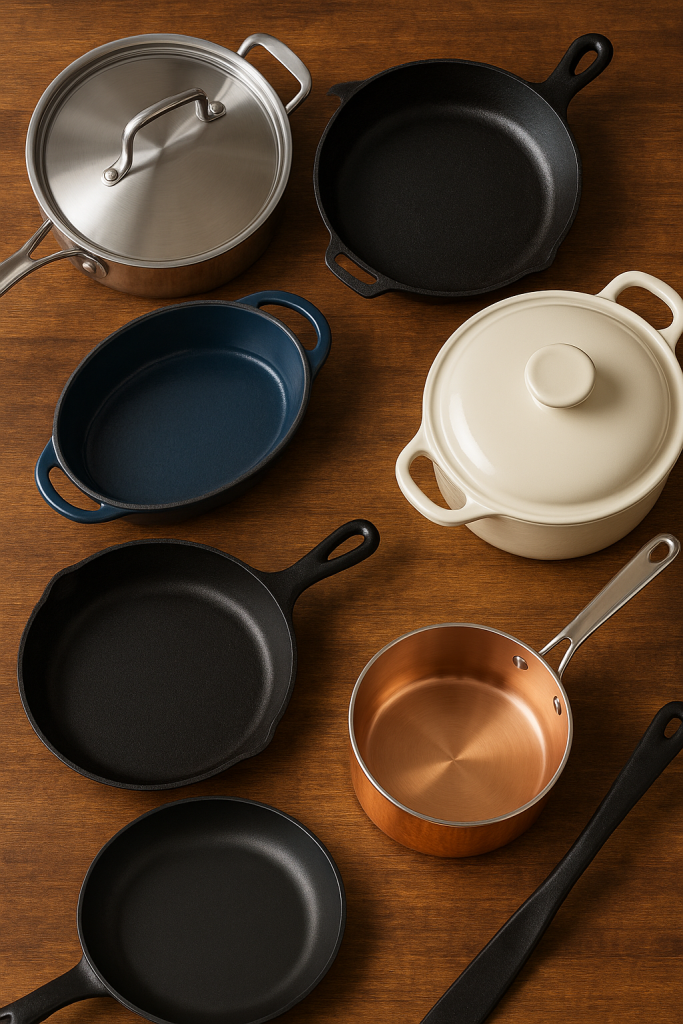
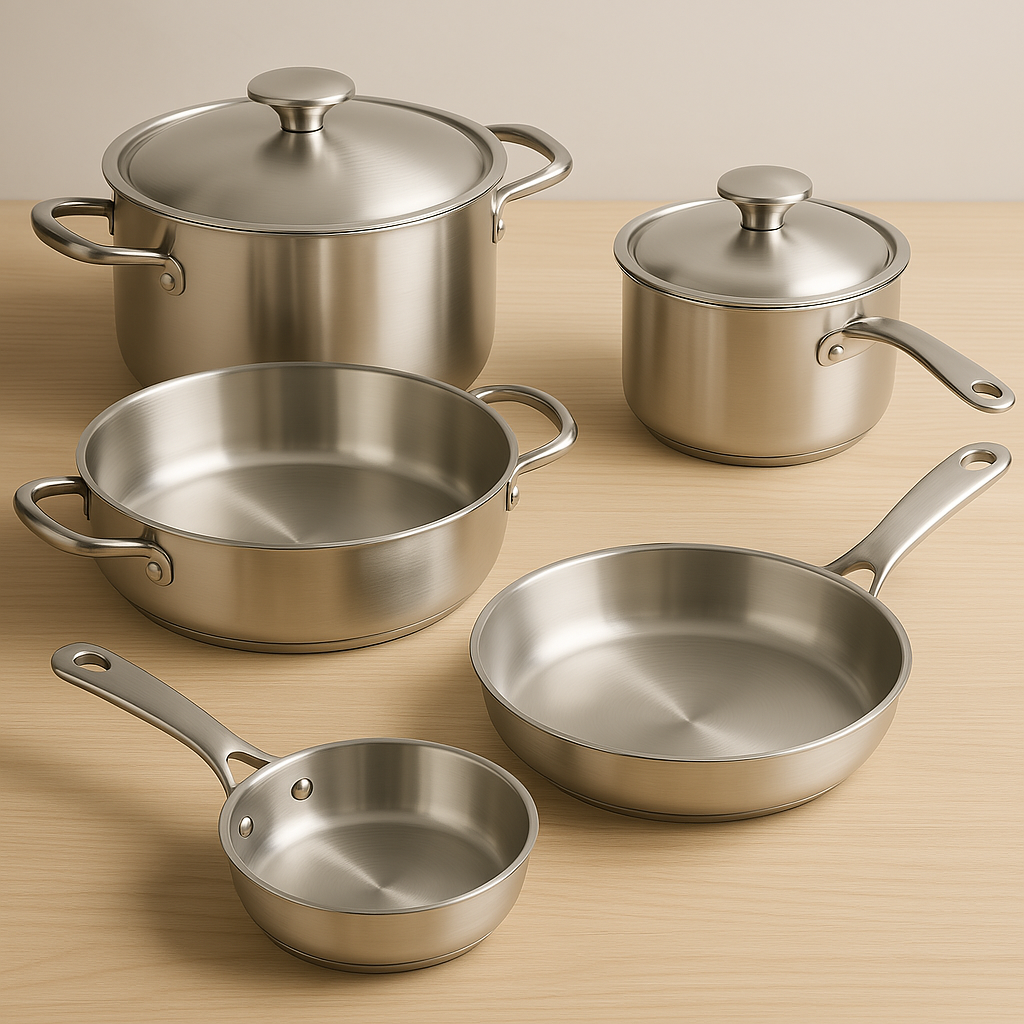
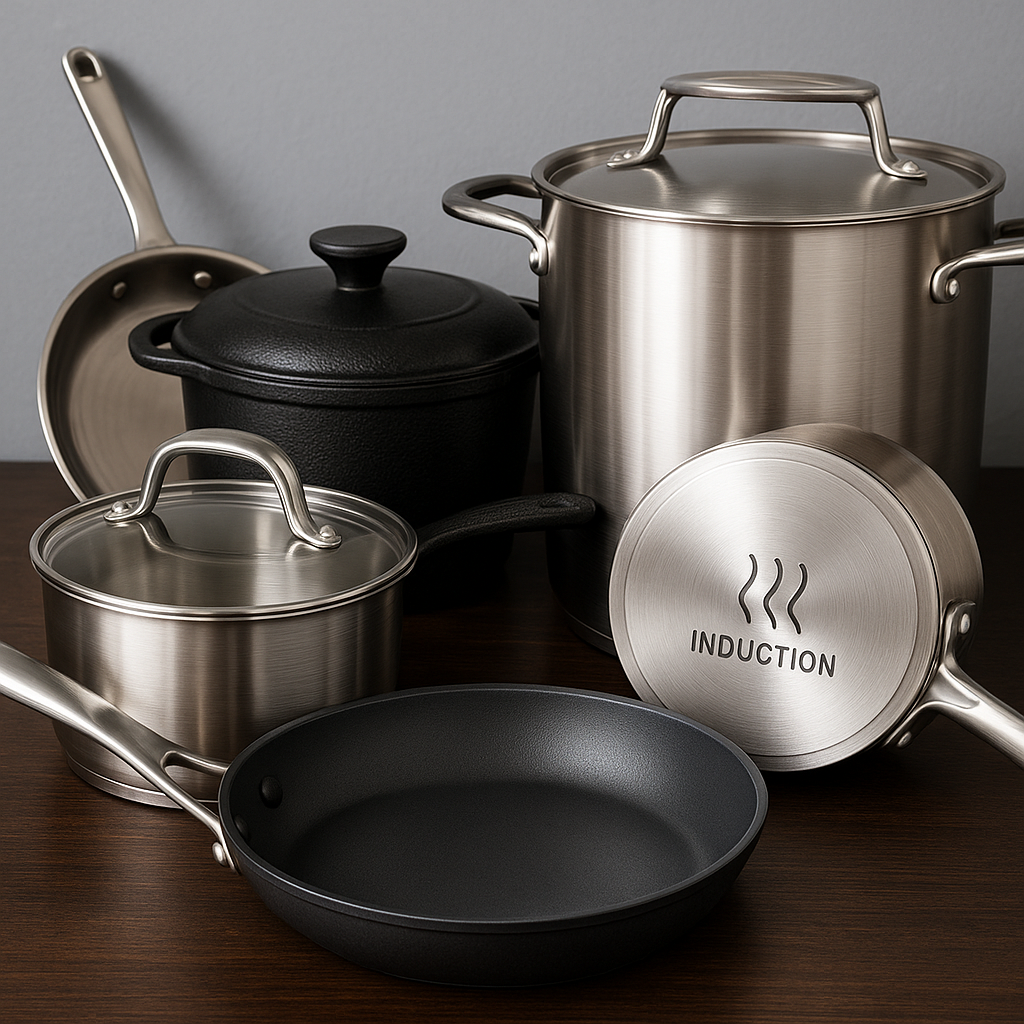
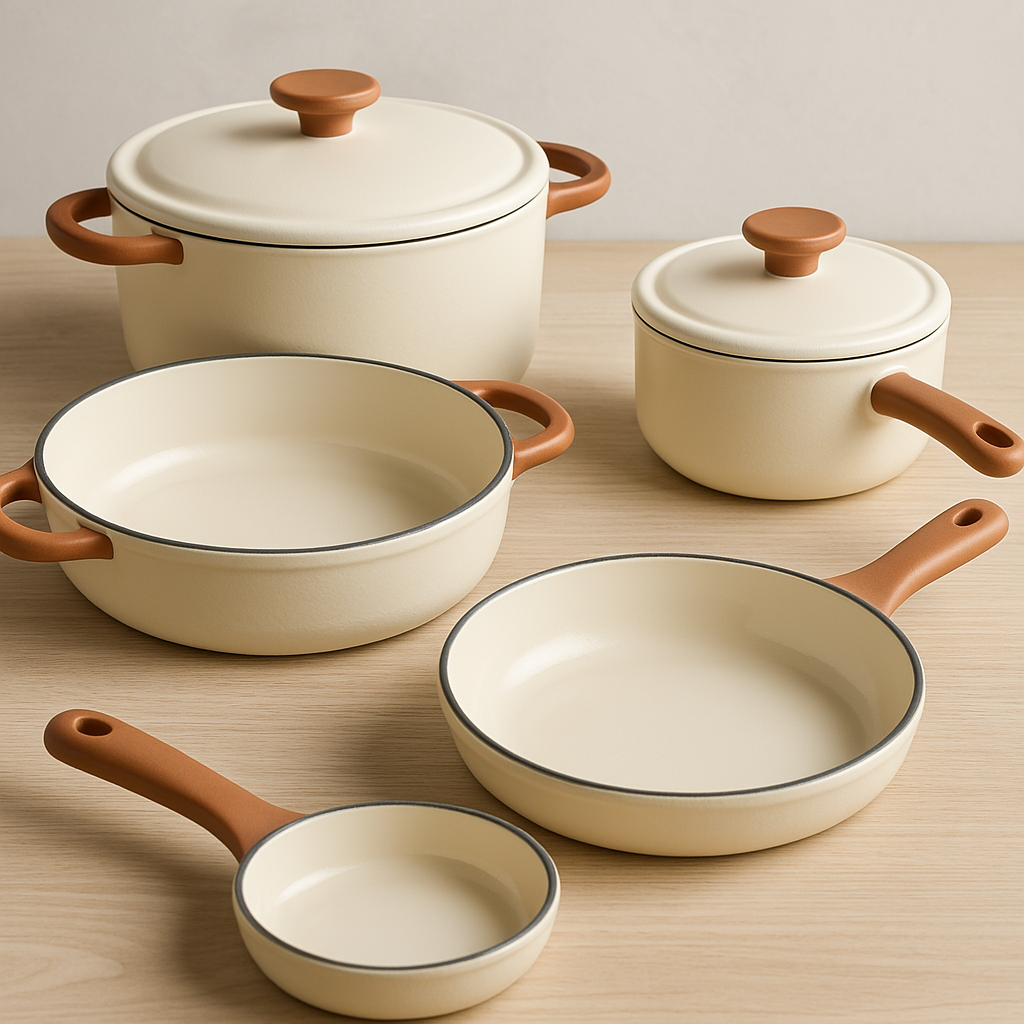
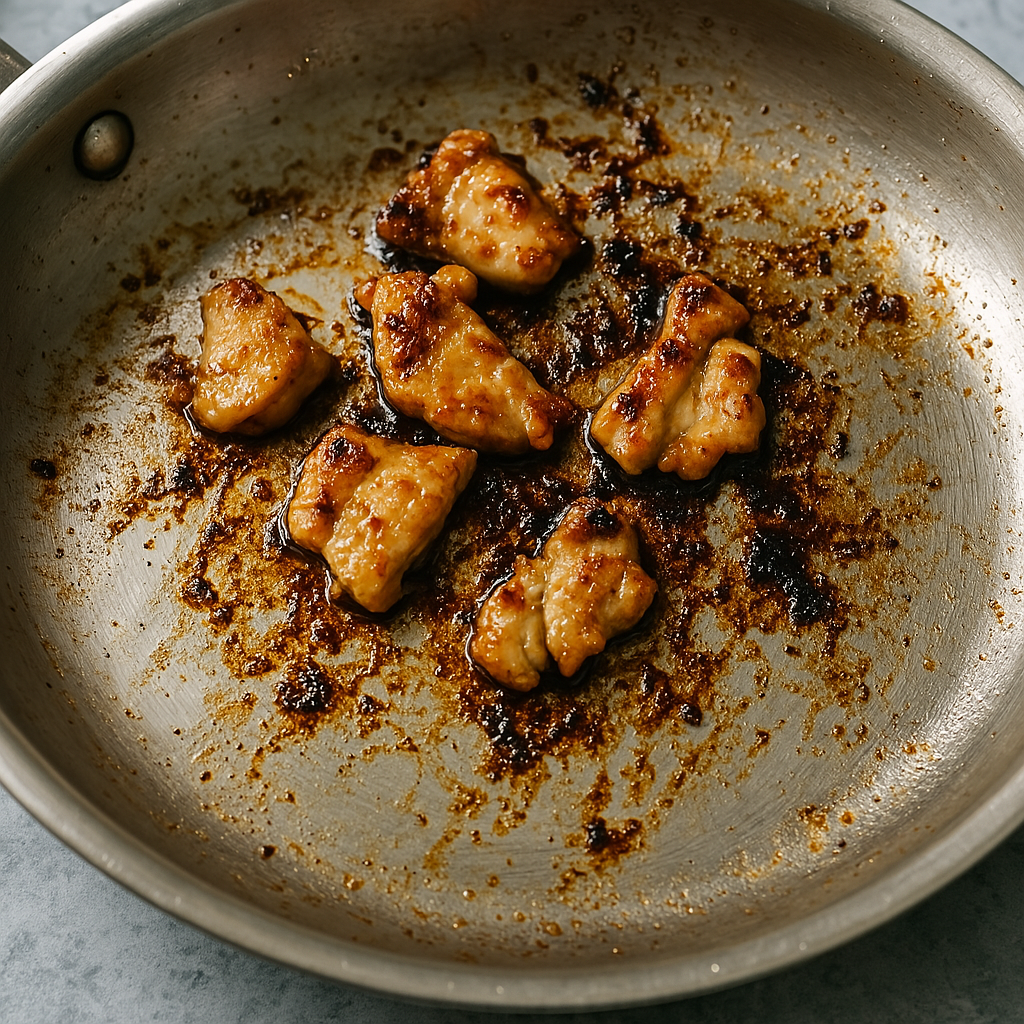
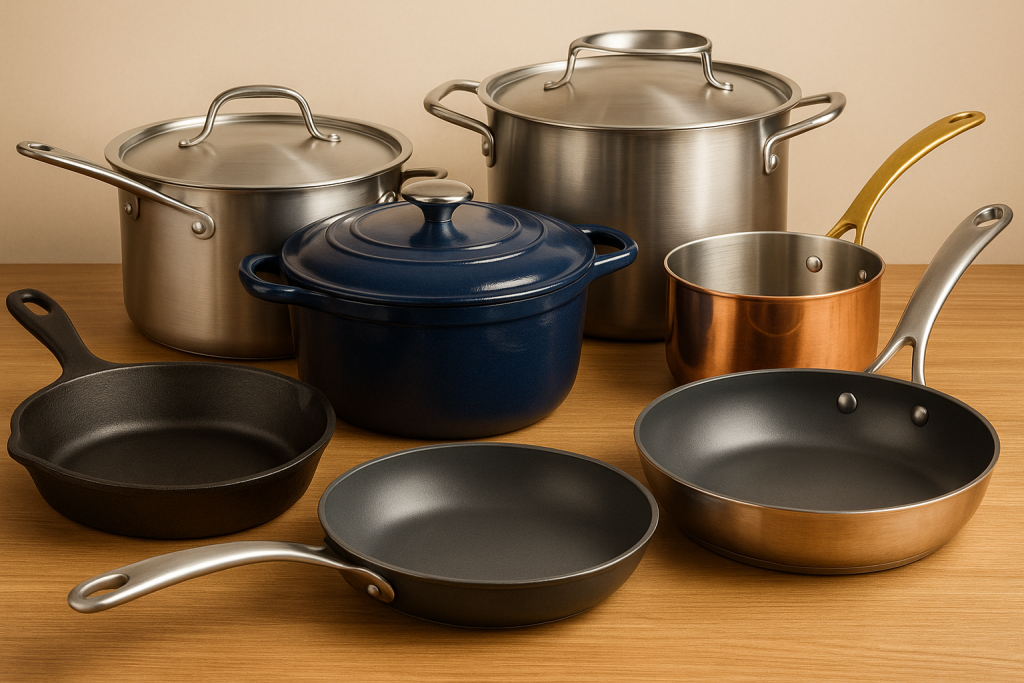
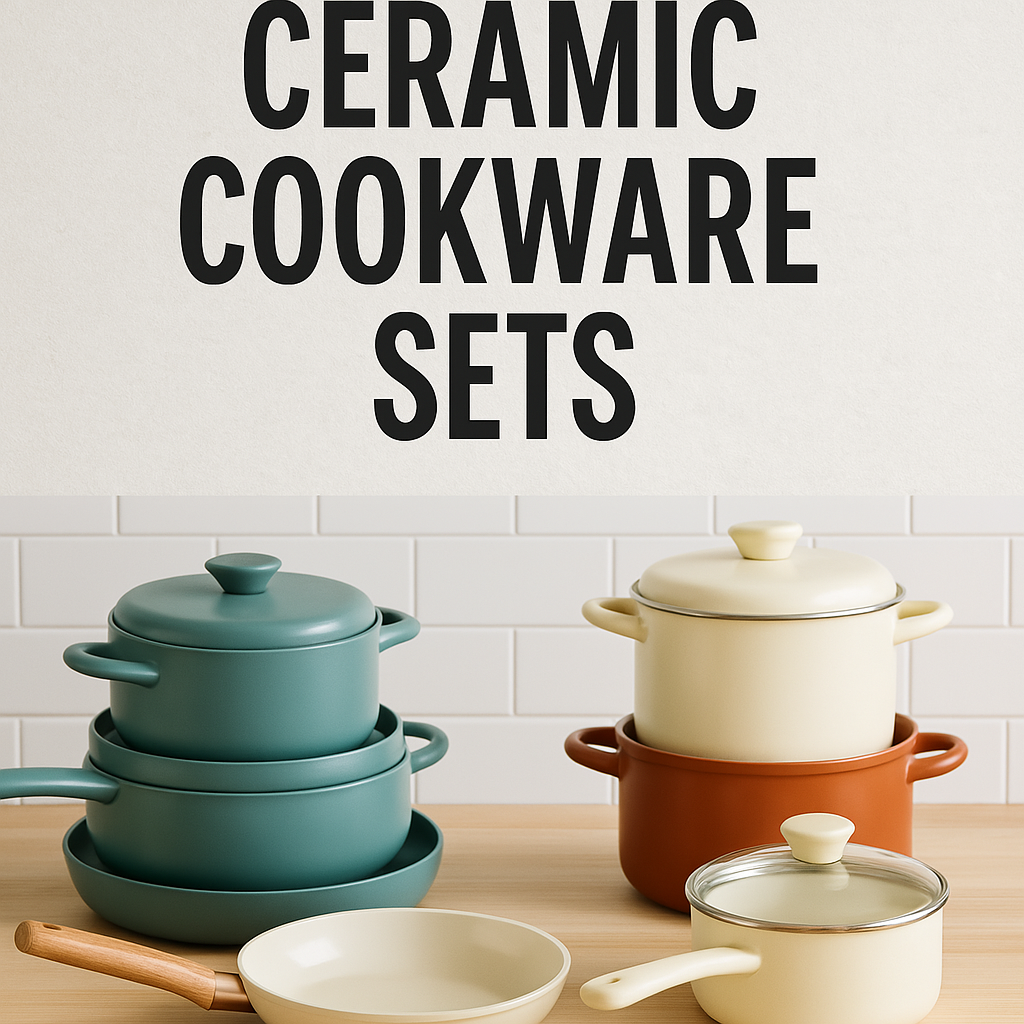
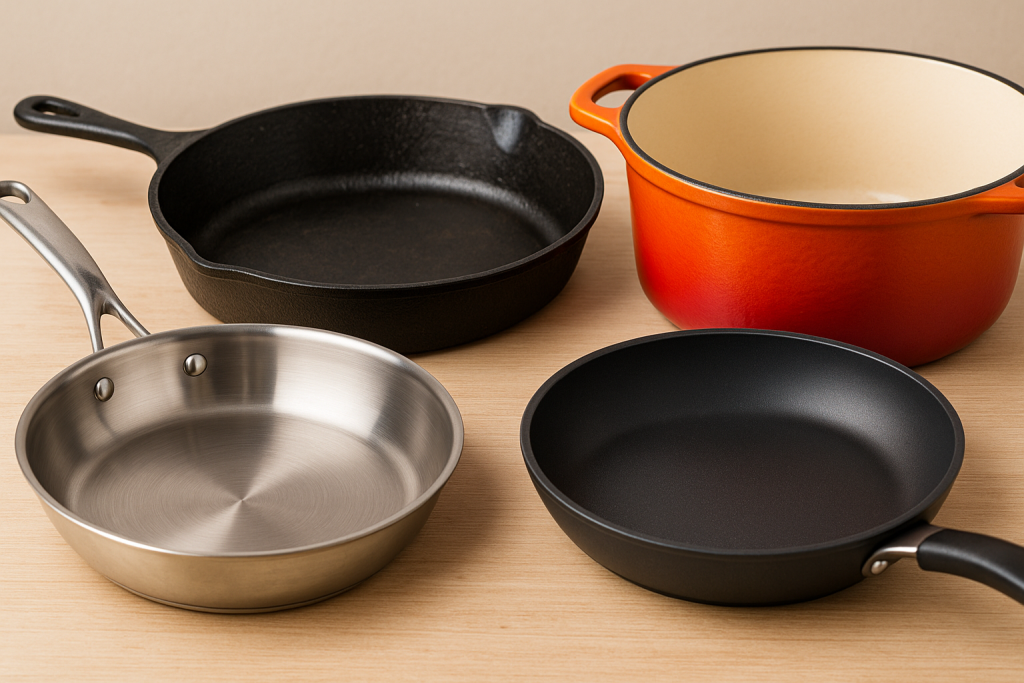
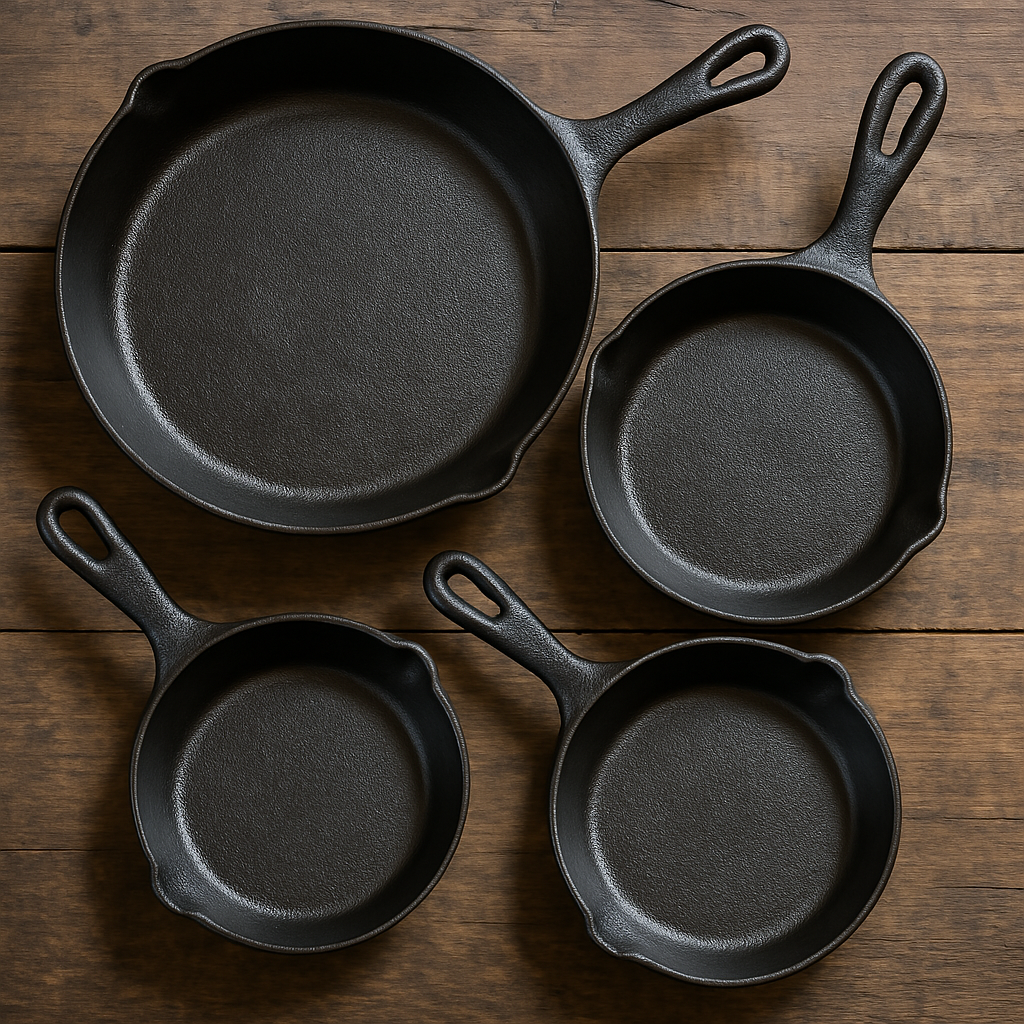
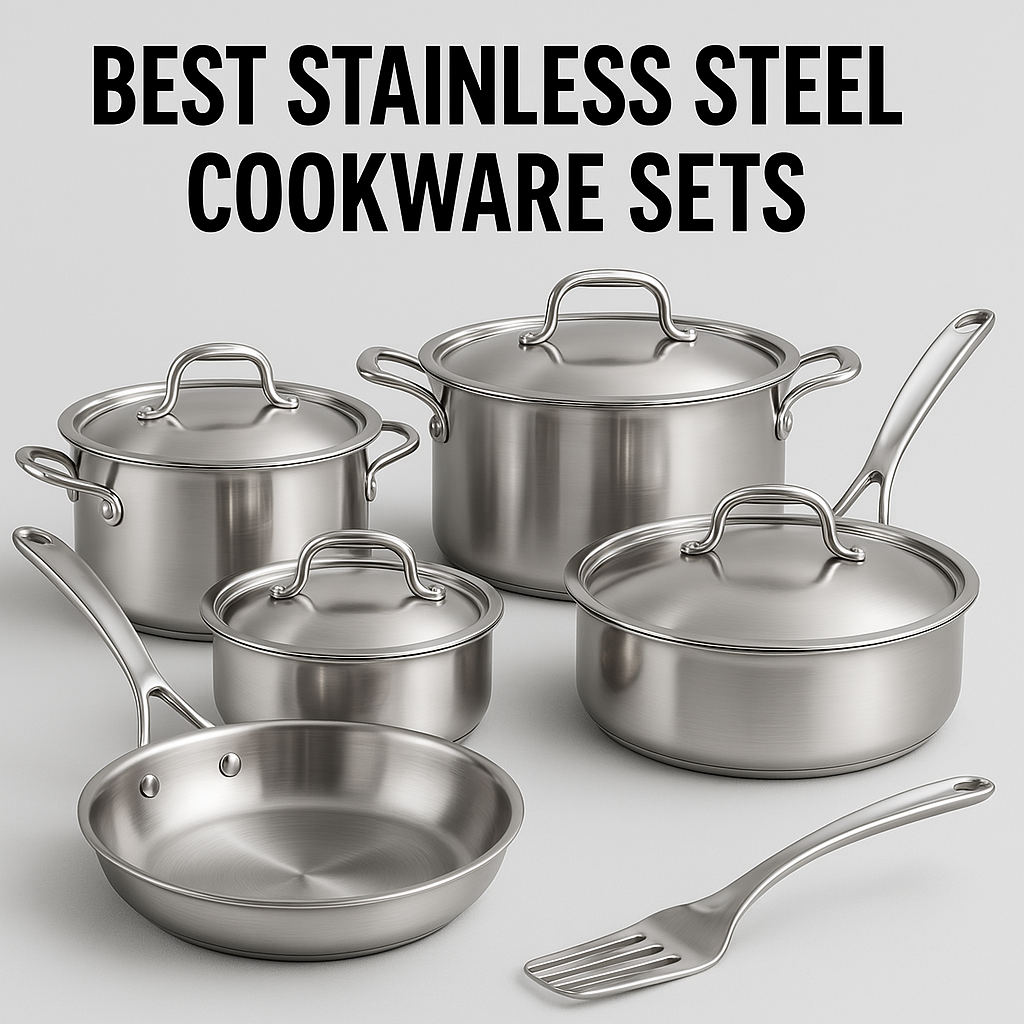
Leave a Reply